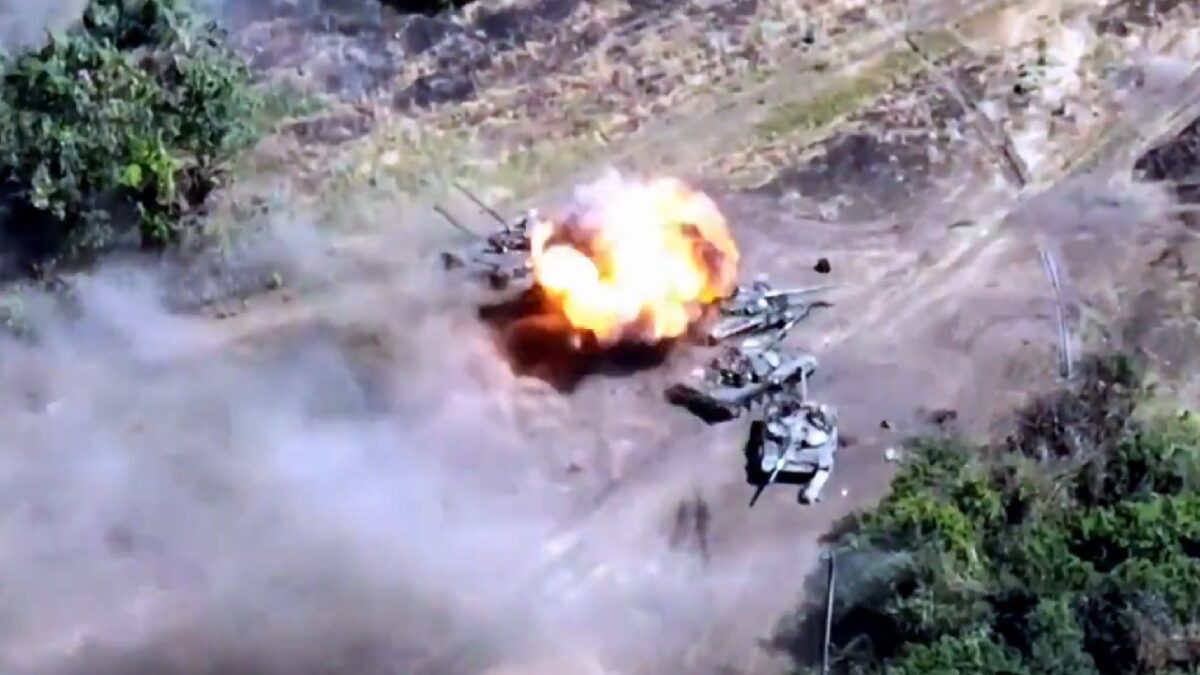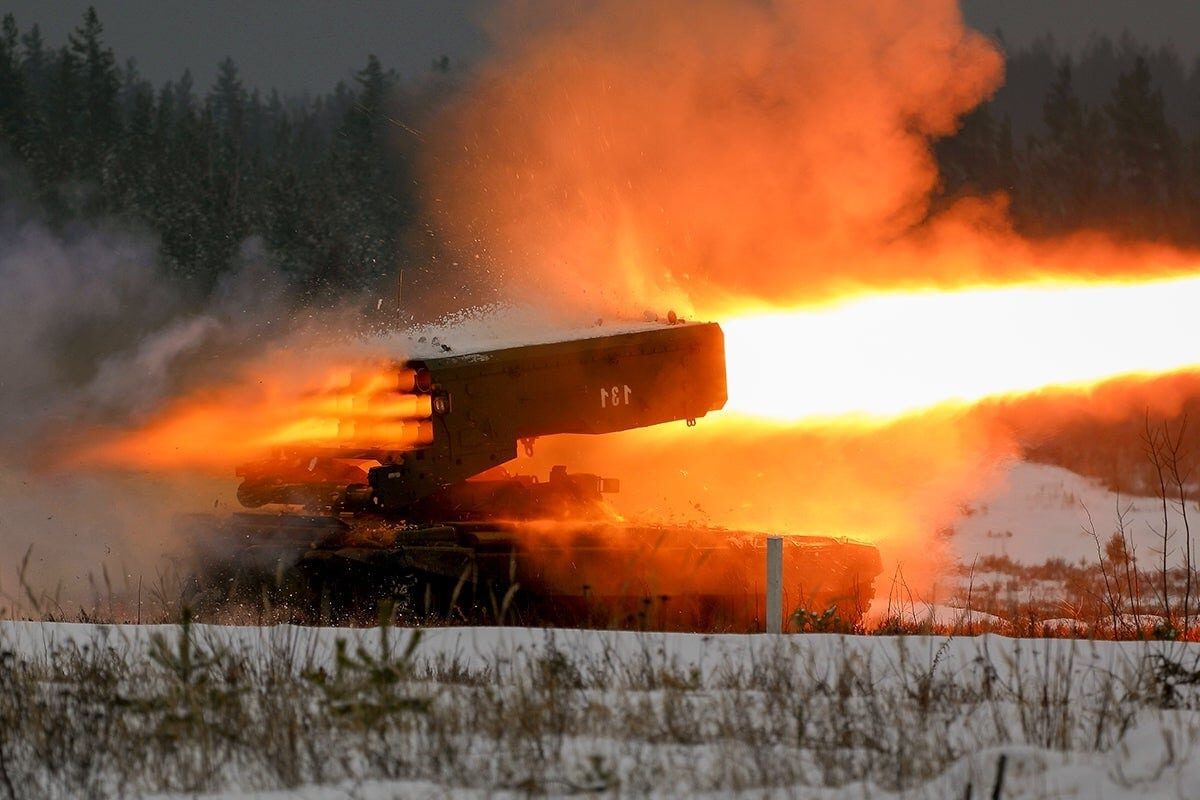Just how far can Ukraine’s offensive go in pushing back Russia’s forces? It seems in the days and weeks ahead, we are going to find out. An expert gives us his detailed analysis:
It has been 196 days since the Russian invasion of Ukraine began. On Wednesday, the Ukrainian forces launched a surprise counteroffensive in the east in the vicinity of Kharkiv.
The season of the counteroffensive in Ukraine
The latest Ukrainian offensive operation is taking place at the same time as the major counteroffensive in the south. The Ukrainian forces have recaptured several settlements in the east of Kharkiv and continue to push the Russian troops toward the border.
According to the Institute for the Study of War, the Ukrainian counteroffensive in the east is likely one of opportunity and abated by the relocation of Russian forces from the area to the south to defend against the major, ongoing Ukrainian counteroffensive there.
On the south, the Ukrainian forces continue to advance slowly but deliberately toward Kherson, employing long-range fires to take out Russian logistical and command and control functions selectively.
Meanwhile, the Russian forces continue to push into the Donbas in an attempt to meet the September 15 deadline that the Kremlin has set for the capture of the Donetsk province, and thus complete the capture of the whole of the Donbas after having taken Luhansk province over the summer. The latest Russian offensive operations in the region took place around Bakhmut (in the south of the Donbas) and Donetsk City.
Russian casualties in Ukraine
Every day, the Ukrainian military is providing an update on their claimed Russian casualties. These numbers are official figures and haven’t been separately verified.
However, Western intelligence assessments and independent reporting corroborate, to a certain extent, the Ukrainian casualty claims. For example, the Oryx open-source intelligence research page has visually verified the destruction or capture of almost 1,000 Russian tanks (which amounts to more tanks than the combined armor capabilities of France, Germany, Italy, and the United Kingdom) and more than 5,300 military vehicles of all types; this assessment has been confirmed by the British Ministry of Defense.
The same independent verification exists for most of the other Ukrainian claims. Recently, the Pentagon acknowledged that the Russian military has lost thousands of combat vehicles of all types, including over 1,000 tanks, and dozens of fighter jets and helicopters.

Image of Ukraine attacking Russian tank. Image Credit: Twitter Screenshot.
Furthermore, more recent reports that are citing Western intelligence officials indicate that the Russian military has suffered up to 20,000 fatalities in the war so far. Sir Tony Radakin, the British Chief of the Defence Staff, recently told the BBC that the West understands that more than 50,000 Russian troops have been killed or wounded in the conflict thus far. If we were to take the Ukrainian figures as accurate, the number mentioned by Sir Radakin is on the low side of the spectrum.
Yet, it is very hard to verify the actual numbers unless one is on the ground. However, after adjusting for the fog of war and other factors, the Western official numbers are fairly close to the Ukrainian claims.
As of Wednesday, the Ukrainian Ministry of Defense is claiming the following Russian casualties:
- 50,610 Russian troops killed (approximately three times that number wounded and captured)
- 4,520 armored personnel carriers and infantry fighting vehicles destroyed
- 3,320 vehicles and fuel tanks
- 2,097 tanks
- 1,194 artillery pieces
- 880 tactical unmanned aerial systems
- 237 fighter, attack, and transport jets
- 300 Multiple Launch Rocket Systems (MLRS)
- 208 attack and transport helicopters
- 214 cruise missiles shot down by the Ukrainian air defenses
- 156 anti-aircraft batteries
- 109 special equipment platforms, such as bridging equipment
- 15 boats and cutters
- four mobile Iskander ballistic missile systems
For most of May, the Russian military suffered the greatest casualties around the Slovyansk, Kryvyi Rih, and Zaporizhzhia areas, reflecting the heavy fighting that was going on there. As the days and weeks went on, most of the heavy fighting shifted toward the direction of Bakhmut, southeast of Slovyansk, around Severodonetsk, Lyman, and Lysychansk.
Then the location of the heaviest casualties shifted again westwards toward the area of Kherson and Zaporizhzhia — where one of Europe’s largest nuclear plants is located — as a result of a Ukrainian counteroffensive in and around the area.
Then, the concentration of casualties once more shifted back to the Donbas, especially in and around Severodonetsk and Lysychansk, the two urban centers the Russians managed to capture in July. For most of August, the heaviest fighting took place in the Donbas, where the Russian forces unsuccessfully tried to breach the Ukrainian defenses and capture the Donetsk province. But lately, most of the fighting has shifted to the south where the Ukrainian military is mounting a major counteroffensive to recapture Kherson. It is now there, on the southern front, that the Russian military is suffering the heaviest casualties.
On Wednesday, Ukrainian forces continued to inflict the heaviest casualties in the direction of Donetsk City.
The stated goal of the Russian military for the renewed offensive in the east is to establish full control over the pro-Russian breakaway territories of Donetsk and Luhansk and create and maintain a land corridor between these territories and the occupied Crimea.

